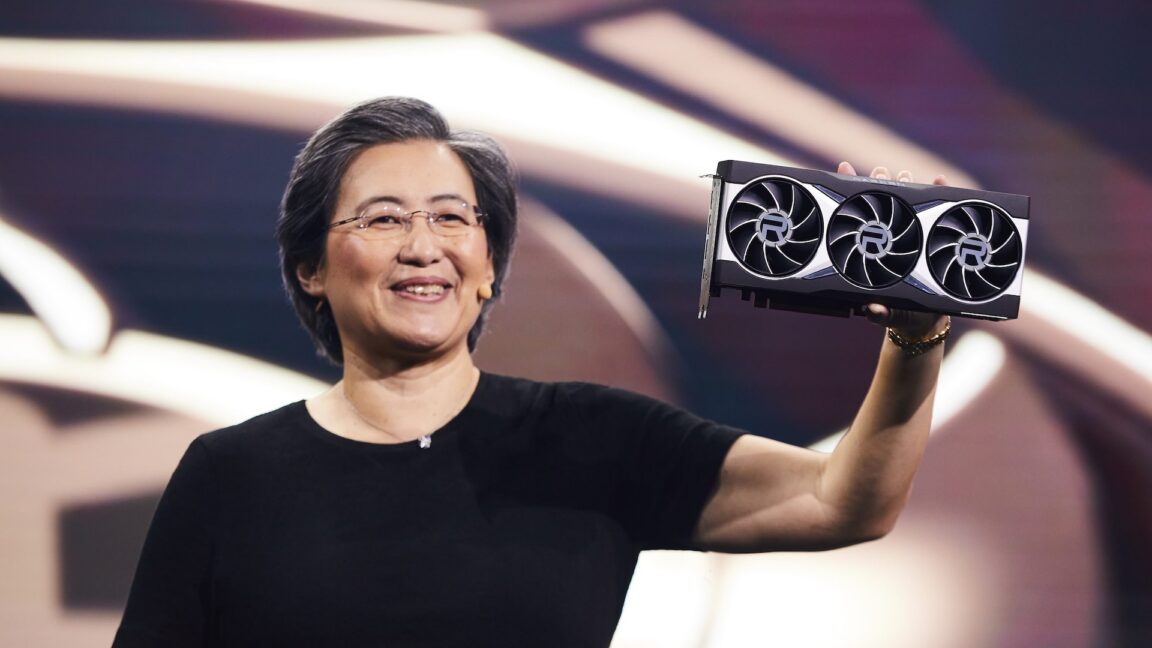
"AMD then made an entirely separate post to confirm that the 25.10.2 driver release "is not the end of support for RDNA 1 and RDNA 2," and that integrated and dedicated GPUs based on these architectures would continue to receive "game support for new releases," "stability and game optimizations," and "security and bug fixes." AMD did confirm that these older GPU architectures had been moved to a separate driver path, but the company says this is meant to keep fixes and features intended for newer RDNA 3 and RDNA 4-based GPUs from inadvertently breaking things for RDNA 1 and RDNA 2 GPUs."
""These [RX 5000 and RX 6000-series] products now benefit from a dedicated, stable driver branch, one built on years of tuning and optimization," reads AMD's post. "This approach helps deliver a smoother, more consistent experience for your games while insulating previous generation GPUs from rapid changes designed for newer architectures... By separating the code paths, our engineers can move faster with new features for RDNA 3 and"
AMD released Adrenalin driver 25.10.2 and moved Radeon RX 5000- and 6000-series GPUs (RDNA 1 and RDNA 2) to a separate maintenance driver path. The maintenance path isolates older architectures so fixes and new features for RDNA 3 and RDNA 4 do not introduce regressions for previous generations. The company stated that RX 5000/6000 GPUs will continue to receive game support for new releases, stability and game optimizations, and security and bug fixes based on market needs. The separate branch is described as a dedicated, stable driver built from years of tuning and optimization.
Read at Ars Technica
Unable to calculate read time
Collection
[
|
...
]